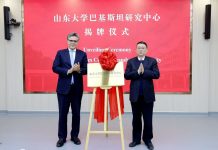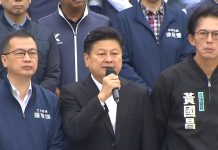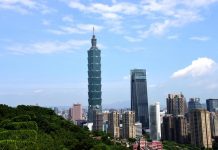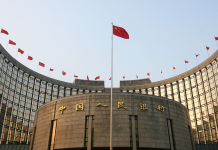HEFEI: Carrying two large bags of eggs, chicken and fresh vegetables with a bamboo pole on her shoulder, Ke Guijin, 61, boarded the old-fashioned green train K8525 at a small station to reunite with her son in the city of Wuhu in east China’s Anhui Province for the Chinese Lunar New Year.
“If it were not for this green train, I would have to take a one-hour bus ride with these heavy bags to the county seat, then take the high-speed train there, which would be very troublesome,” said Ke from Longqiao Township of Lujiang County in the province.
The K8525, with an average speed of about 60 kilometers per hour, takes nearly four hours to travel from the provincial capital of Hefei to Wuhu, with four stops on the way. In contrast, the fastest high-speed train can complete the journey in just 37 minutes.
The “green trains,” a traditional nickname for old-style Chinese passenger trains, have carriages typically painted green with yellow stripes. They form part of the memories of several generations.
Despite the relatively low speed, many green trains like the K8525 are still in operation in the high-speed railway era, providing a cheaper and more convenient alternative for passengers going to and from some smaller stations during the busy Spring Festival travel rush.
During the 40-day Spring Festival travel period, more than 1,200 pairs of trains are expected to operate in the Yangtze River Delta region, one of China’s most densely populated areas. High-speed trains account for 94 percent of the total, while more than 70 pairs of traditional green trains are still in service.
“The green train is highly mobile and flexible and can help people in remote areas to travel more conveniently, as it stops at some small stations,” said Zhao Liyang, train conductor on the K8525, adding that they aim to meet the needs of different passenger groups. –Agencies






